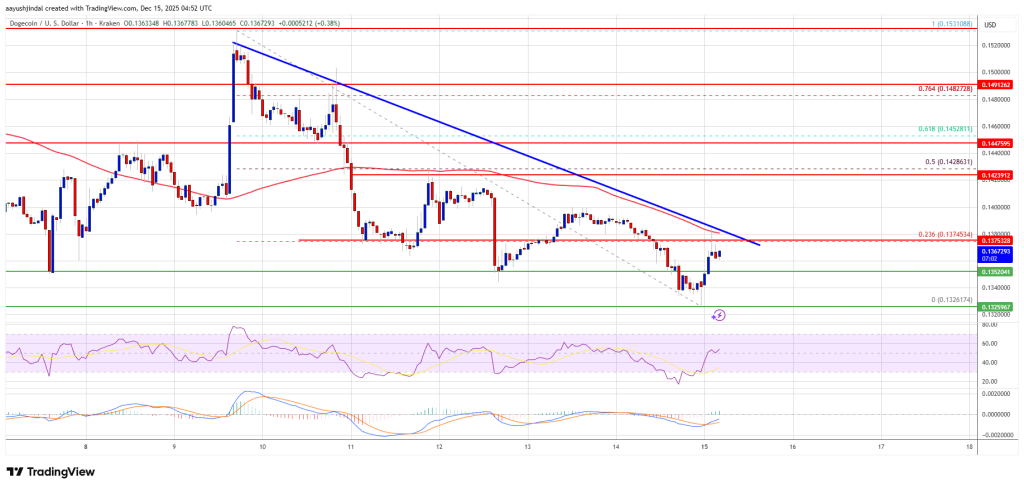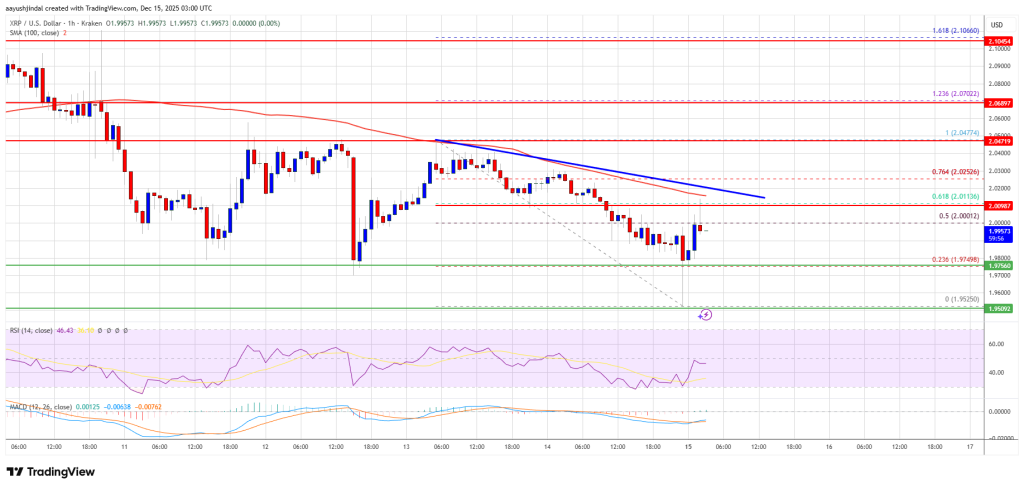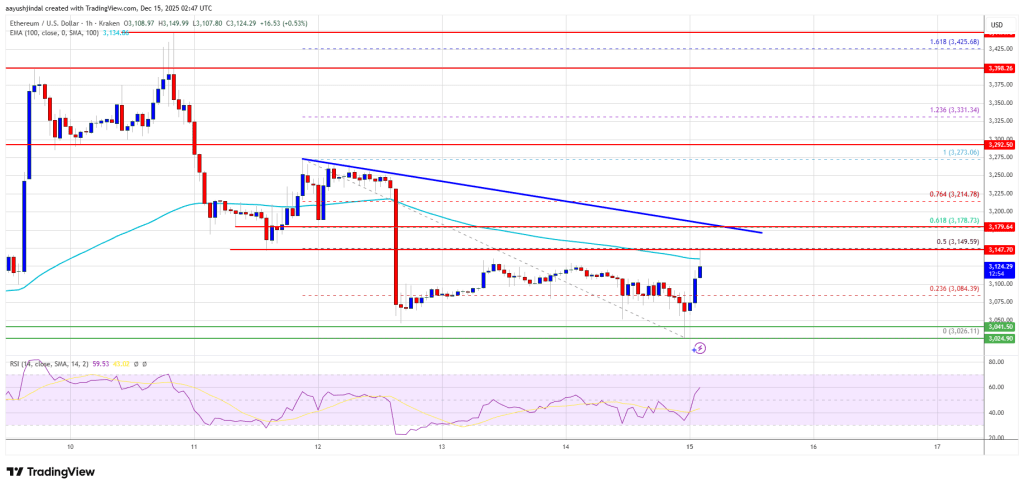
In the global economic landscape, where inflation continues to erode purchasing power, investors and individuals are increasingly exploring alternatives to traditional financial instruments. Among these alternatives, Bitcoin has emerged as a candidate for long-term capital preservation. While some critics argue that Bitcoin fails to serve as a reliable hedge during short-term volatility, a broader look reveals a more complex and compelling picture.
Built-In Scarcity and Monetary Discipline
One of Bitcoin’s most notable characteristics is its fixed supply. Unlike fiat currencies, which can be printed in unlimited quantities by central authorities, Bitcoin is capped at 21 million units. This controlled issuance mimics the scarcity of precious metals historically used as inflation hedges, offering a deflationary design resistant to monetary debasement.
This supply cap is enforced by open-source code and verified by a decentralized network of participants, ensuring no single party can manipulate the monetary policy. Over time, this has positioned Bitcoin as a digital alternative for those seeking to shield their wealth from the consequences of excessive money printing.
Decentralization and Trustless Value
Traditional currencies are governed by central banks and subject to decisions influenced by politics, monetary policy, or macroeconomic agendas. Bitcoin, on the other hand, operates on a decentralized, peer-to-peer protocol where control is distributed among thousands of independent nodes.
This structure makes Bitcoin resistant to censorship, government overreach, and centralized failure. In regions experiencing hyperinflation or economic instability, digital currencies like Bitcoin have provided a more reliable store of value and medium of exchange than collapsing national currencies.
Portability and Uninterrupted Access
Bitcoin’s digital format also brings an unmatched level of portability. It can be transferred globally within minutes and stored without physical infrastructure. In times of financial crisis, when access to funds through banks or payment systems can be restricted, digital assets that can be self-custodied and transferred independently offer significant advantages.
Unlike traditional financial systems that operate during specific hours and rely on intermediaries, Bitcoin is accessible 24/7, offering continuous liquidity and transaction capability regardless of geography or timezone.
The Role of Consensus Over Control
The integrity of Bitcoin lies in its consensus mechanism — a set of rules agreed upon by a decentralized network rather than enforced by a central authority. This removes the risk of policy manipulation or unilateral monetary changes that can devalue assets over time. The network’s immutability and predictability offer a sense of stability that can be particularly valuable in low-trust environments.
In countries where political instability and inflation are common, individuals have increasingly looked to blockchain-based assets as an alternative means of preserving their savings, bypassing capital controls and accessing global financial markets.
Bitcoin as a “Speculative Hedge”
While Bitcoin’s long-term attributes align with those of a traditional hedge, its short-term volatility remains a barrier for some. Unlike gold, which has centuries of history as a store of value, Bitcoin is still in a relatively early stage of adoption. Market swings, regulatory uncertainty, and technological complexity contribute to its classification as a “speculative hedge” — an asset with strong potential for protection against inflation but not without risk.
Nonetheless, growing interest from institutions and governments suggests a shift in how Bitcoin is perceived and utilized. As adoption increases, volatility may stabilize, and its role in portfolios could evolve from speculative asset to strategic hedge.
A Resilient Tool, Not a Silver Bullet
Bitcoin is not a flawless solution. Its effectiveness depends on several factors: internet access, user education, and stable regulatory frameworks. In extreme scenarios, such as total communication blackouts or systemic disruptions, access to digital assets may be compromised. However, the same limitations apply to most forms of money in a crisis.
Rather than viewing Bitcoin as a panacea, it is more accurate to consider it a financial safeguard — a tool for those preparing for uncertainty. Its decentralization, scarcity, and portability offer a unique combination of features not easily replicated by traditional assets.
Conclusion
In an age where financial systems are being tested by inflation, debt cycles, and geopolitical tension, Bitcoin stands as a digital alternative rooted in transparency and decentralization. While it may not yet replace gold or fiat as a universal hedge, its long-term design makes it a valuable instrument for those seeking resilience against economic instability.
As awareness grows and technology matures, Bitcoin could increasingly serve as a core component in the global conversation around inflation protection and financial sovereignty.




